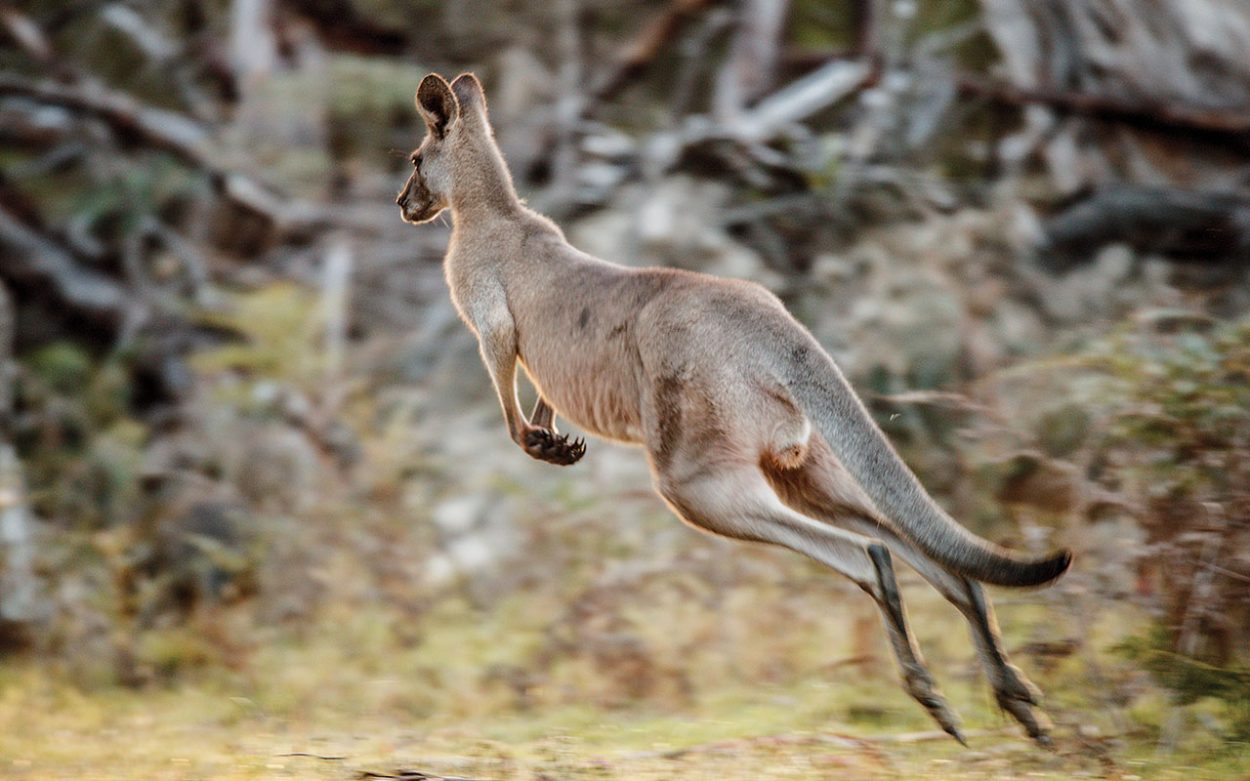CONCERN is growing over the increasing numbers of native animals being killed or injured on roads across the Mornington Peninsula.
While exact figures are not available, 28 koalas and an unknown number of kangaroos and wallabies have been hit and killed by vehicles. The carnage on the peninsula’s roads is reflected throughout the state and nationally, with one insurer warning that animal collisions jumped 22 per cent last year.
“Alarming” research from Australian Associated Motor Insurers (AAMI) “found more than 40 per cent of Aussie drivers don’t pay attention to wildlife warning signs, and most drivers (60 per cent) would dangerously swerve or slam on the brakes to avoid colliding with an animal, putting themselves and other drivers at risk”.
The average insurance claim from hitting an animal was more than $5000, with 16 per cent of claims involving an animal resulted in the car being written off. Most incidents happened over weekends and 80 per cent of drivers mistakenly believed the worst seasons for animal collisions was spring and summer.
Craig Thomson, president of Save Kangaroos on Mornington Peninsula (SKOMP), said while drivers needed to be educated about when kangaroos were most active, the most cause for concern came from the proliferation of wildlife exclusion fencing. He said the fencing had been installed on about 40 properties near the Greens Bush National Park, which fragmented animal habitats.
It was a complex issue that had seen about one third of the area’s kangaroo population trapped on a private property at Cape Schanck. Thomson said this year had been “a horrible year” on the peninsula’s roads for kangaroos and wallabies and he was scheduled to have a meeting this week (14 June) at Cape Schanck with Mornington Peninsula Shire Council and “concerned residents” (‘Nightmare’ road to cape, The News 29/5/24).
His group also believed mountain bike riding in the state park “may be responsible for kangaroos being hit on Purves Road and Arthurs Seat”. “We have no conclusive evidence to support this, but the bike tracks have actually been placed on kangaroo songlines/track and a car park also placed on grazing grounds,” he said.
Cr David Gill said animals being hit by vehicles was “a widespread and growing peninsula problem that council is not aggressive enough about”. “We know that the state government roads or environment departments, MPs and all other authorities will also not do much or even talk about wildlife viability issues,” he said. “In fact, the state government takes no measures to protect wildlife and directs VicRoads to ignore safety management actions which may lessen the numbers killed on our roads.
“Council can make some difference by supporting signs and road protections in road kill hot spots, yet even suggested small measures are too often played down and left out of budgets. “In particular koala road kill has risen dramatically recently. 28 koalas have been killed on our roads since last October according to the local koala conservation group and carers who look after those injured.” Gill said that “staggering number” had not been supported by “the low numbers counted by “another peninsula koala research group”.
Max Bryant, of Hastings, said he had had “an altercation” with kangaroos while recently driving between Flinders and Cape Schanck. “Twice, while stationary, I had kangaroos slam in to my vehicle. I suspect the animals were in a state of panic,” he said (Colliding with kangaroos, Letters Page 26). “The third time, aware of the dangers and travelling slowly, a rather large roo shot out from the vegetation and dead heated the front of my vehicle, putting a rather large dent in the bonnet. We locked eyes for a brief moment as it gradually hopped away.”
Bryant believed part of the problem was caused by kangaroos feeding at the edge of road because vegetation had not been cleared away from the bitumen.
Add A Comment




